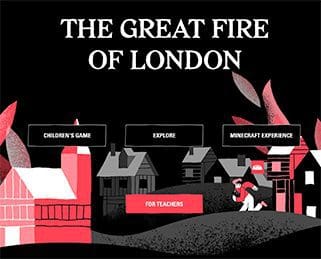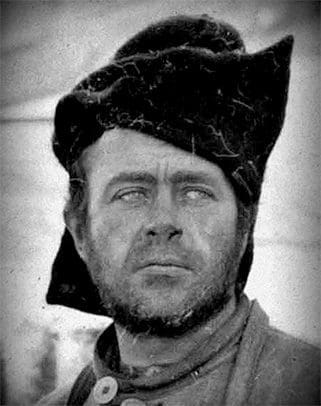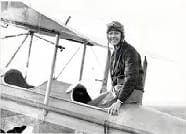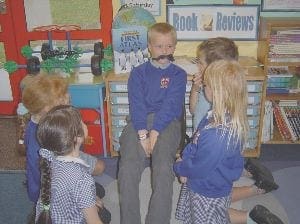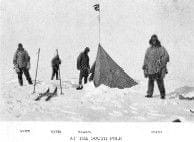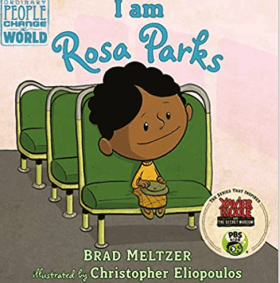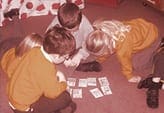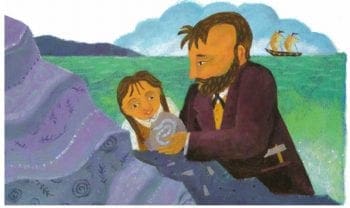
This introductory session attempts to place Mary’s life in a broader context of time and place and to whet pupils’ appetite, without telling much of the story of her life. This follows in the next session. Key to the introduction is the use of sources from the time which will be referred to throughout the topic. Just as Mary carefully uncovered clues, so the children will work as history detectives drawing their own conclusions from the evidence the past has left behind.
Learning objectives
- Children deduce that she dug up remains of animals from the stone on cliffs and that these were fossils.
- Children work out that she was partly so famous because she was so young when she made discoveries that even older, trained scientists hadn’t made.
- Children work out that she was the first to discover some important fossils.
Step 1: slow reveal
Given that most pupils living

